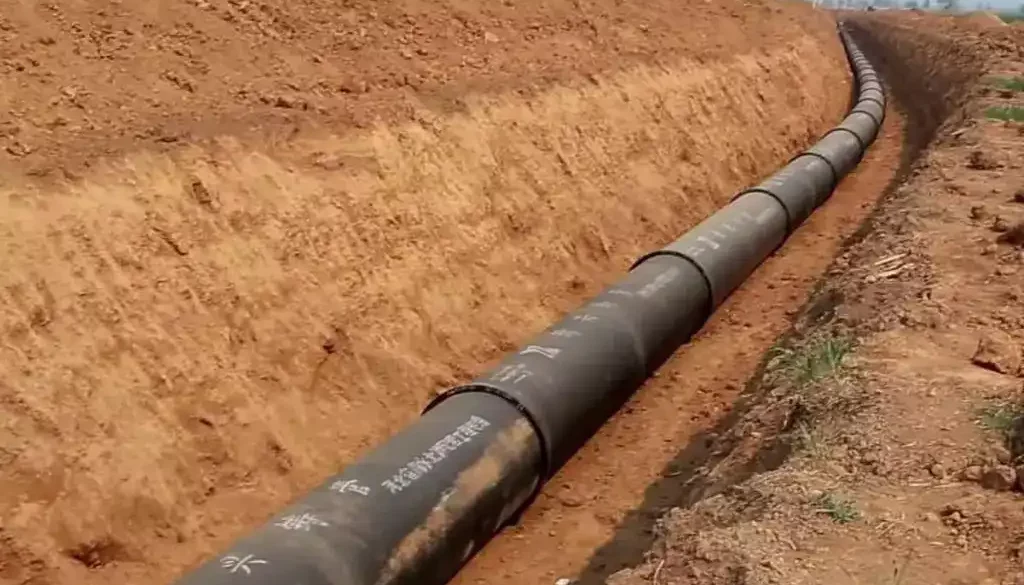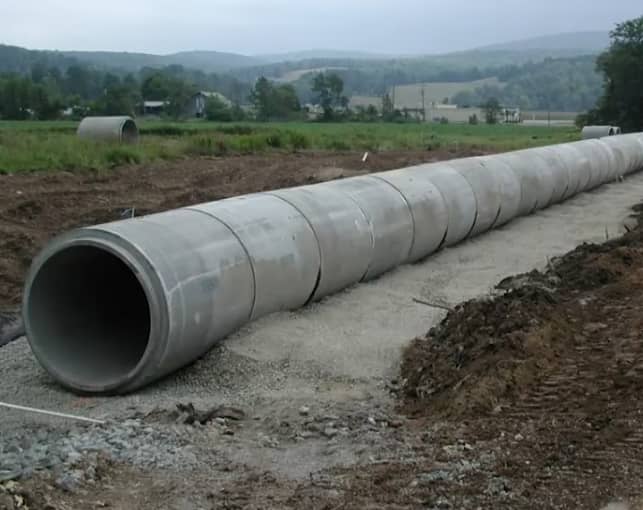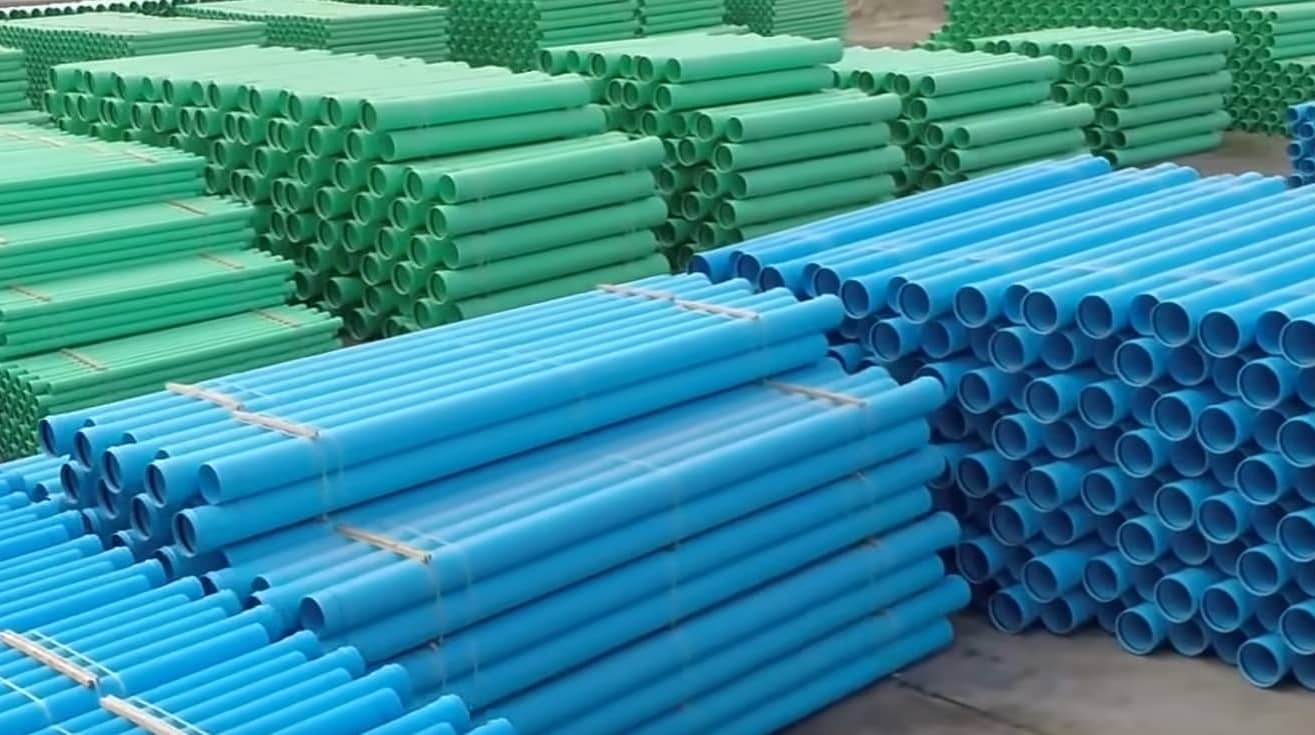Sewer pipe materials
Sewer pipes have been around for many years. As technology has advanced, sewer pipe materials have also evolved, concluding in a great variety of materials which we can find almost all of them today in the ground.
Some sewer line materials used in the 1800s were brick and mortar and wood. Now, plastic pipes are also very popular like PVC. Each has its maintenance concerns, characteristics, and a different lifespan.
Let’s see the characteristics of different types of sewer pipes.
Sewer pipe materials considerations
The type of sewer pipe materials selected may vary depending on some factors. Corrosion, cost, safety requirements, temperature, and geologic conditions may be considered when selecting the material. Some key sewer pipe material characteristics are the scouring factor, corrosion resistance (both internal and external), leak tightness, and hydraulic characteristics.
Pipe manufacturers now follow standard requirements for specific sewer line materials where characteristics such as loadings (classes), internal diameter, and wall thickness are specified, but this varies a lot with different sewer pipe materials and construction methods.
Popular sewer pipe materials
Sewer materials vary depending on the age of the property and the location. Here are some common materials used for sewer construction:
Concrete Pipe
There are two types of concrete sewer pipes: PCCP and RCP. Prestressed concrete cylinder pipe (PCCP) is used for force mains and its construction might be of embedded-cylinder (EC) or lined-cylinder (LC). Reinforced concrete pipe (RCP) is used mainly for gravity lines.
This material is ideal for durable pipe system installations. Some noteworthy features of this sewer pipe material are:
- Strength: This is one of the strongest drainage pipes available.
- Non-flammable: Concrete pipes will not burn.
- Environment considerations: With its long life and, in some cases, the use of natural/recycled materials for its manufacture, it is very environmentally friendly.
Plastic Pipe
Plastic pipe is created from either thermoplastic or thermoset plastics. This material tends to be immune to attacks from acids, organic compounds, and chemicals.
Thermoset plastics are rigid after being manufactured and are not able to be reformed. They are often manufactured according to the specific buyer requirements and may include liners of different compositions for specific chemical uses.
Thermoplastics can change shape when they are heated. Common plastics used in pipe manufacturing include Polyvinyl (PVC) and Polyethylene (PE). PVC pipe is the most widely used plastic pipe material because it is strong, lightweight, and somewhat flexible.
Ductile Iron Pipe
This type of sewer pipe material is an outgrowth of the cast iron pipe industry. Improvements in the metallurgy industry added the ability to slightly deform the pipe without cracking. This sewer line material quickly became the standard material for high-pressure service for various uses (gas, water, etc.). Also, this material has high impact resistance, high wear and tear resistance, high tensile strength and ductility, and corrosion resistance.
Vitrified Clay Pipe
One of the most ancient sewer pipe materials is vcp pipe. It is composed of crushed and blended clay that is formed into pipes, then dried and fired in a succession of temperatures. This material is strong, resistant to chemical corrosion, and heat resistant.
Other materials used for sewer construction include bricks, vitrified clays or stoneware pipes, cement concrete pipes, asbestos cement, and steel & plastic sewers.
Which pipe is best for sewage pipe?
As we have just seen, there are different sewer pipe materials available for use. Each of these materials has its own advantages and disadvantages that must be considered when selecting the best material for a project.
Cement sewer pipes are often the cheapest option, but they can be heavier and more difficult to install than other materials.
Plastic sewer pipes are lightweight, easy to install, and relatively inexpensive, but their structural integrity may not be as good as other materials.
Ceramic sewer pipes tend to be the most durable option, but they can also be expensive and difficult to use.
Lastly, cast iron pipes offer excellent strength and durability, but they can rust over time and require more maintenance than other materials.
When selecting the best material for a project, it is important to carefully weigh all of these advantages and disadvantages. Ultimately, the choice of sewer material depends on various factors such as cost, durability, and the type of waste being carried.
The common characteristic of sewer pipe materials
Although there are many more sewer pipe materials, and all of them have plenty of benefits for specific situations, they all have something in common. They need maintenance, and sewer inspections are mandatory to ensure the proper functioning of the sewer pipes.
SEWDEF allows clients to quickly review sewer pipe inspections taking into consideration the sewer pipe material. This allows taking localized actions before the problems get worse.
If you want to Know more about our SEWDEF system, do not hesitate to contact us.




